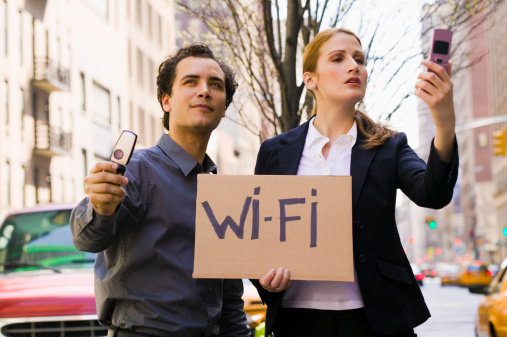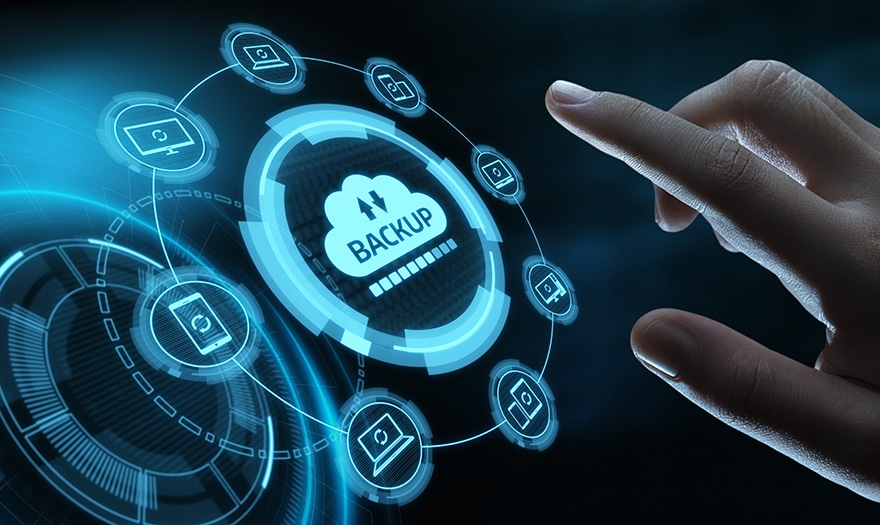 In this post, we provide our top four wireless network tips to keep your information safe.
In this post, we provide our top four wireless network tips to keep your information safe.
It is an amazing world that we live in; now that we access information anywhere we have Internet. It is even better when we have Wi-Fi access, but is your network secure?
Security Encryptions
You buy a router from your electronics store and you need to set up a password, on it. You opt-out of having it set up for you and take it home to try yourself. Going through the manufacturers setup screen is easy, but doesn’t always give you the right information. There are three common levels of wireless security: WEP (wired equivalent privacy), WPA/WPA2 – Personal (Wi-Fi Protected Access), WPA/WPA2-Enterprise (used in work environments).
- WEP, being the easiest to crack, sends the password through the wireless connection
- WPA/WPA2 sends out encrypted signals and uses a security key to connect to the network
- WPA /WPA2-Enterprise uses an authentication server that distributes different keys to everyone
*If possible, Microsoft recommends using the WPA2 connection types. *
Choosing, and configuring, the right connection means the difference between a hacker getting into your network, or not, via your wireless signal. Don’t forget to change your password from the factory provided one.
Outdated Firmware
Firmware is the software that your device uses to operate and dictate how it runs. Like all software, it has coding which can make the device vulnerable. Some Internet service providers have reported to consumers that their routers need to be updated, some brands and models more than others. In your advanced settings you should be able to locate the “update firmware” option, some may have an automatic update option. Always keep them up-to-date.
Remote Administration Features
Sounds all high and mighty, doesn’t it? It’s not. Allowing for remote access can be great, if you know how to protect yourself. Allowing someone to connect to your router, without being directly connected to the network, can allow someone to access all of your settings and turn on sharing of all information. Turning off these features will only allow the true administrator to have access to all network settings, and don’t forget to change the administration password. Doing both of these ensures the unit to be locked out from unwanted guests.
Public Hot-Hacking-Spots
Ever go to a coffee shop and connect to their wireless network or hotspots? Hackers use tools, such as Firesheep or AirJack, to sit themselves in the middle of your Internet browsing. This allows people to gather passwords and your information. Don’t worry; there is a solution to this. VPN software can fix your security issues by masking your identity and help you appear somewhere you are not. This doesn’t let those programs touch you, allowing you to roam safe on the Internet, as you should.
Configuring a business computer network isn’t hard, but you have to know all the ins and outs in order to protect yourself. Having a network setup by a professional is key to keeping your business information secure!

